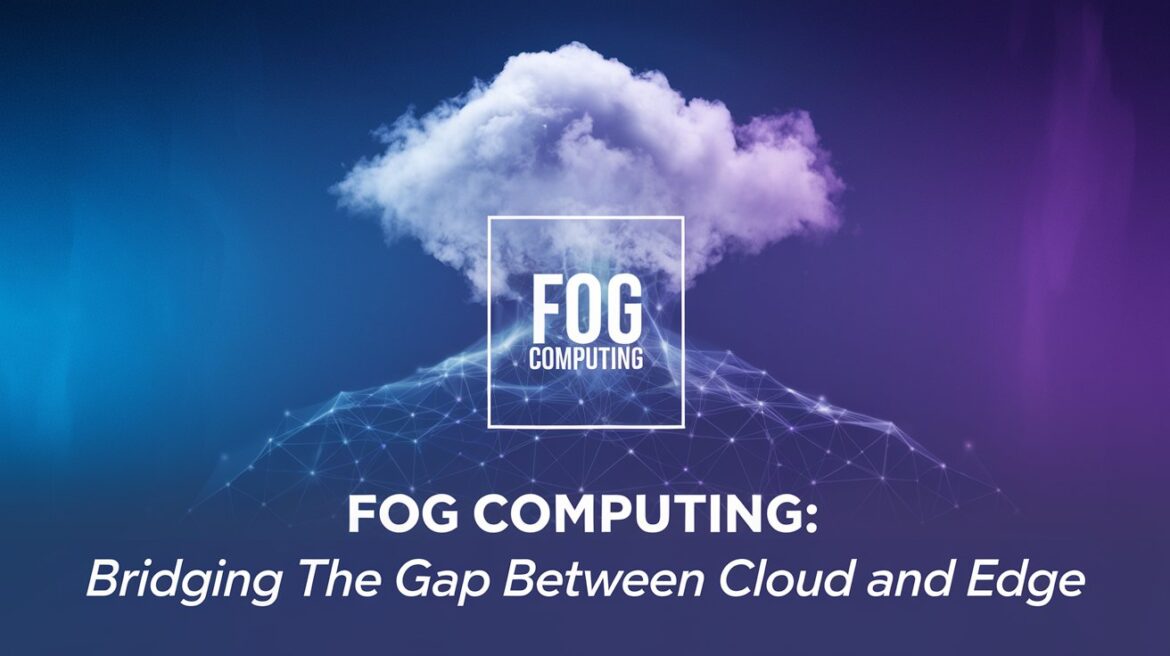As the Internet of Things (IoT) continues to generate massive volumes of data at the network edge, traditional cloud computing models face challenges in delivering the low-latency, high-performance processing that many modern applications require. Fog computing emerges as the solution that bridges the gap between centralized cloud data centers and resource-constrained edge devices. By extending compute, storage, and networking services closer to data sources, fog computing provides the agility and responsiveness needed in today’s fast-paced digital landscape.
What Is Fog Computing?
Fog computing, sometimes called edge computing, is a distributed computing paradigm that decentralizes data processing and storage. Rather than sending all data to a central cloud, fog computing processes data locally—on edge devices or nearby nodes—reducing the need for long-distance data transmission. This localized processing not only minimizes latency but also reduces bandwidth usage and enhances the efficiency of IoT networks.
“Fog computing extends cloud services to the edge of the network, allowing data to be processed closer to where it is generated.”
Key Benefits of Fog Computing
1. Reduced Latency and Improved Performance
- Real-Time Processing: By processing data near the source, fog computing minimizes delays, which is critical for applications like autonomous vehicles, industrial automation, and healthcare monitoring.
- Bandwidth Savings: Processing data locally means that only relevant or aggregated information is sent to the cloud, reducing network congestion.
2. Enhanced Data Privacy and Security
- Local Data Handling: Sensitive data can be processed and analyzed locally, reducing the risks associated with transmitting data over long distances.
- Decentralized Security: Distributed processing can lower the impact of a breach by localizing potential vulnerabilities.
3. Scalability and Flexibility
- Distributed Resources: Fog architectures enable organizations to scale their infrastructure by adding more edge nodes, which can be tailored to specific environments.
- Adaptability: Fog computing supports a wide range of applications—from smart cities to real-time industrial monitoring—by adapting processing power to where it’s most needed.
Challenges in Fog Computing
While fog computing offers significant advantages, it also introduces challenges:
- Heterogeneity: Integrating diverse devices and platforms with varying capabilities can be complex.
- Security Management: Decentralized architectures require robust, distributed security measures.
- Resource Constraints: Edge devices often have limited processing power and storage, necessitating careful resource management.
- Interoperability: Ensuring seamless communication between fog nodes and central cloud services requires standardized protocols.
Real-World Applications
Fog computing is driving innovation across multiple industries:
- Industrial Automation: In manufacturing, fog nodes process sensor data in real time, enabling predictive maintenance and optimizing production lines.
- Smart Cities: Traffic management systems, public safety monitoring, and environmental sensing benefit from local data analysis, resulting in more responsive urban services.
- Healthcare: Wearable devices and remote monitoring systems leverage fog computing to deliver rapid, localized processing of patient data, improving timely care and reducing strain on central servers.
Future Trends
The evolution of fog computing is set to accelerate as edge devices become more powerful and ubiquitous. Key trends include:
- Hybrid Architectures: Combining fog and cloud infrastructures to provide both local processing and centralized management.
- AI at the Edge: Incorporating machine learning algorithms into fog nodes to enable intelligent, real-time decision-making.
- Enhanced Security Protocols: Developing new methods to secure distributed networks and protect sensitive data as it moves between fog nodes and the cloud.
Conclusion
Fog computing is transforming the digital landscape by bringing the benefits of cloud computing closer to the data source. By reducing latency, optimizing bandwidth, and enhancing security, fog computing bridges the gap between the cloud and edge devices—enabling smarter, more responsive applications across industries. As organizations continue to embrace IoT and real-time analytics, fog computing stands as a critical component for building agile and efficient networks.
Embrace fog computing today to unlock the full potential of your IoT infrastructure and drive innovation at the edge.
